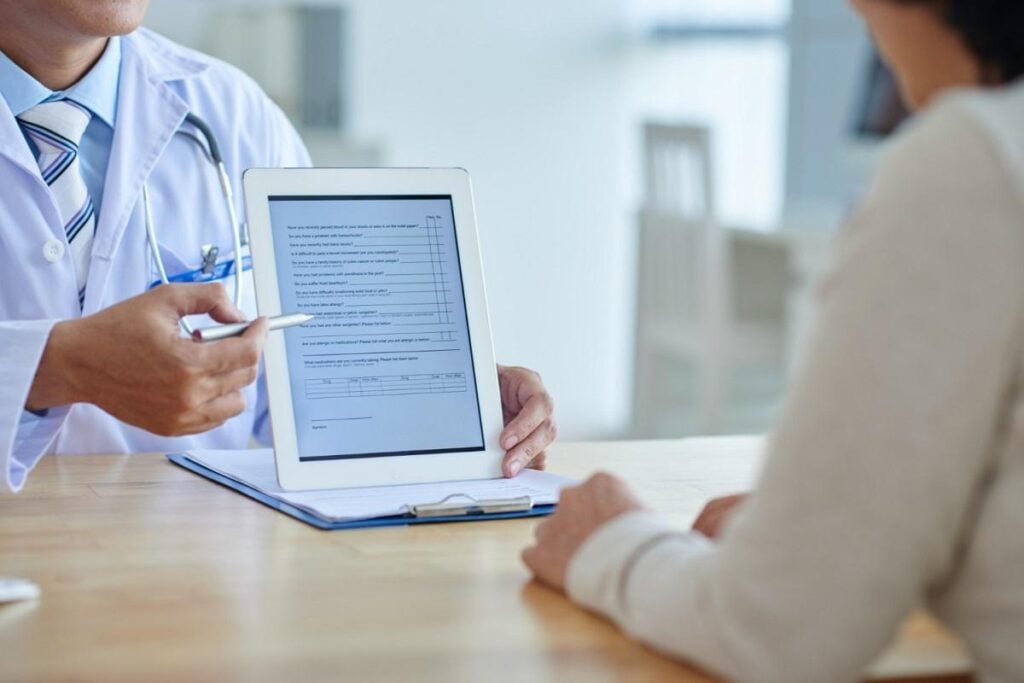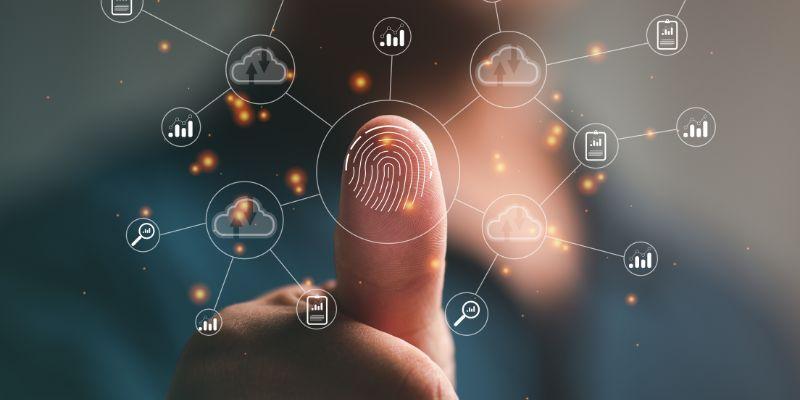
Those of us who work on technological applications for revamping customers’ dynamics in health centers know that this type of development can make a boring and frustrating experience evolve into one of satisfaction. This is one of the fundamental goals of our endeavor.
The Impact of Technology
Technology impacts positively organizations’ service areas in all fields equally; indeed, countless companies have already applied innovative solutions to the problems they are normally faced within the spaces of interaction between customers and company representatives. This impact may be more noticeable in financial institutions and public services companies.
All of them have acknowledged the fact that every customer’s visit is an opportunity to improve the perception of both the organization and its members, which becomes a competitive advantage and a heavyweight in a market that demands differentiation and ongoing improvement, something we are all aware of nowadays. Even though we speak about the opportunity, competitive advantages, and differentiation across business fields, there exists an activity that also demands dealing with imperative needs: healthcare centers. A customer of a financial institution or service company appreciates fast, easy, and pleasant attention services using technologies applied to waiting for management, digital signage, and entertaining and informational screens. Let us think then, how much more this will be appreciated by a patient who demands the services of a health care center.
Technological Developments in Healthcare Centers
There are technological developments applied in healthcare centers, hospitals, or clinics that substantially enhance the patient experience. A successful experience in the application of Wavetec’s system at Chapitze Heart Center (CHC), the first hospital built through a German and Georgian joint venture, located in Tbilisi, Georgia. This institution specializes mainly in cardiology, angiology, and cardiovascular disease prevention.
Upon their arrival at CHC, patients get their appointment tickets from one of the touchscreen kiosks in the reception area. This kiosk is equipped with multifunctional software which facilitates patients’ appointment programming. Once an appointment is assigned, patients are entered into a virtual queue through a unique number of identification.
Patients are called and directed to nurse offices through LED screens and speakers. Also, an HD 60″ LED display wired to customized software provides updated information as to the current patients’ queue status.
To further improve patient experience, 8 LCDs integrated into a queue management system are strategically set near treatment areas and doctor’s office accesses. These LCDs show information regarding room and/or office number, appointment/patient being currently assisted, next patient’s name, and most importantly, queue status. This way, patients are directed to the right place at the right time.
This healthcare system for managing the flow of patients optimizes doctors and personnel service provision, which results in a decrease in patients’ waiting time. Before implementing the project, the hospital system assisted a total of 70 patients daily. According to reports, this indicator has climbed up to over 200 patients per day.
Book Appointments Online
These technologies allow requesting appointments from laptops or mobile phones, checking the waiting time, automating queue management, coordinating patient derivation among professionals and medical test requests, and other multiple needs that are positively influenced.
Another example can be found at Capital Health Screening Center in Abu Dhabi. This health care center possesses a fully automated solution to electronically manage queues that are tailored to a fixed flow of patients defined by this institution’s authorities. The system now enables this healthcare center to respond to any congestion immediately; besides, patients are not required to provide personal information more than once, which adds to a fast and smooth flow of patients, low costs, and personalized services.
Upon arrival, patients encounter an interactive touchscreen kiosk that leads them to their specific area of interest. This solution is also integrated into an information system that enables patients to get appointments online. Then, doctors and nurses may access patients’ clinical records right before assisting them; and the management office may also access over 30 different reports to assess staff performance.
Conclusion
Attention quality, efficiency, competitiveness, comfort, distinction, and interaction. Technology drives all these variables to a high level of evolution; most importantly, it provides patients with a more satisfying and humane experience, aspects which are undoubtedly appreciated by all of us when attending healthcare centers.
BOOK A FREE DEMO





